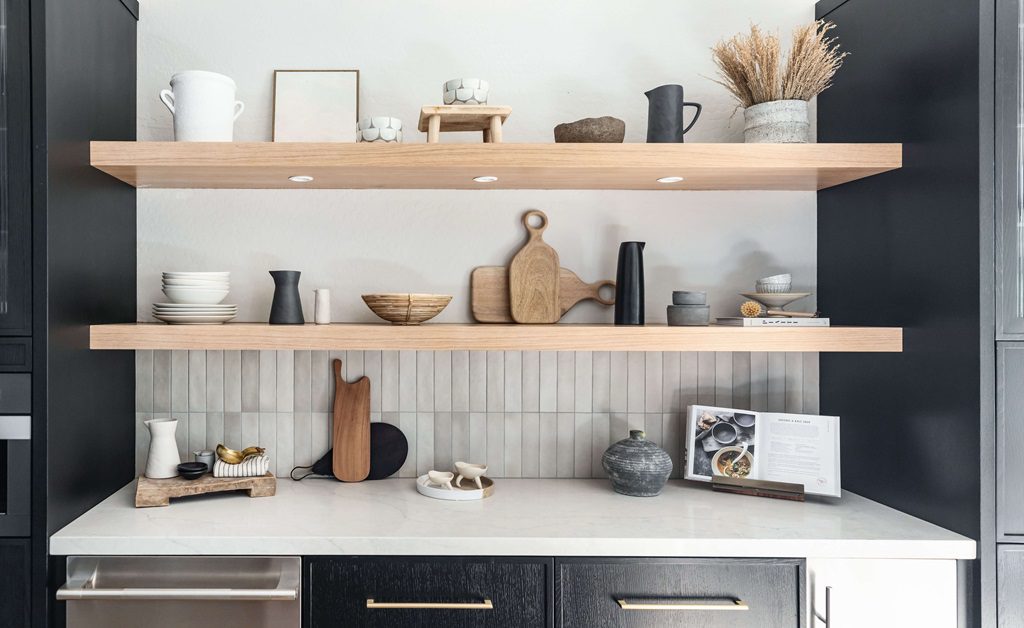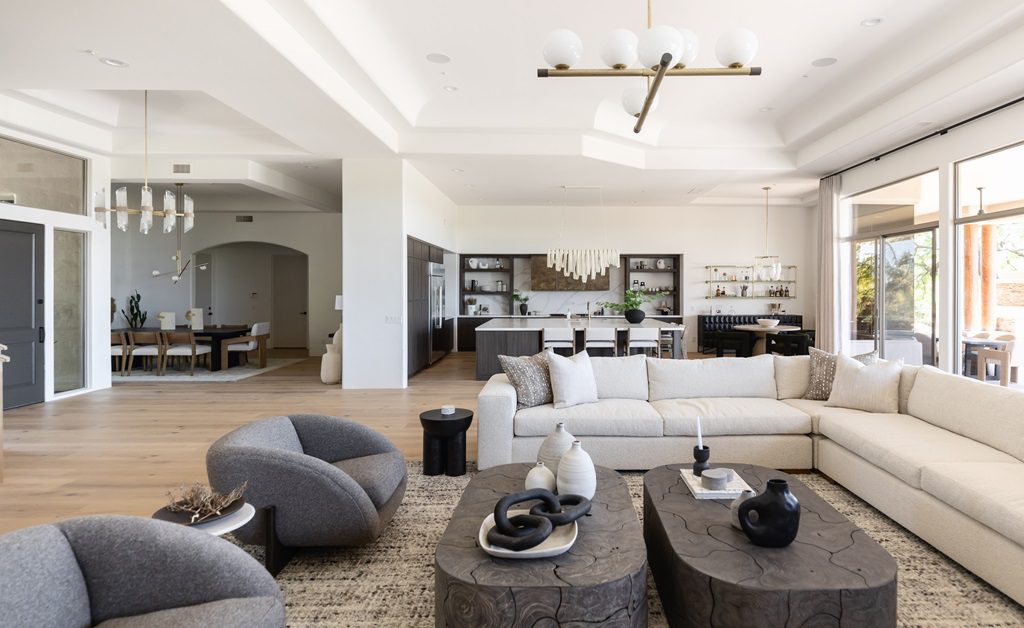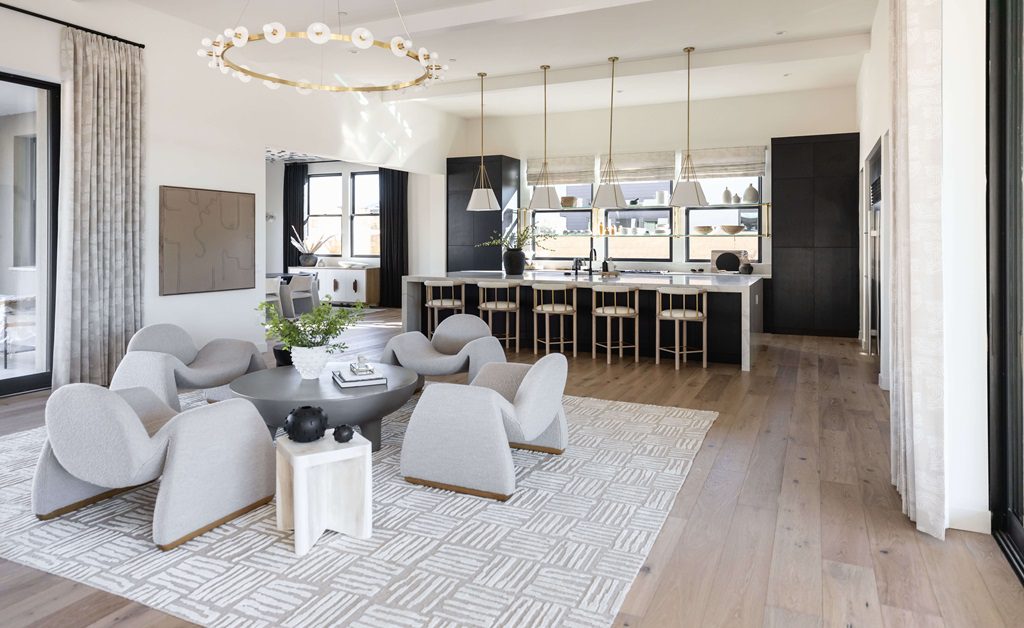Your home isn’t just where you binge-watch your favorite shows—it’s your secret weapon for better health, happiness, and productivity. The right setup can either have your wellness soaring or leave you feeling like a wilted houseplant. With a little effort and creativity, you can turn your living space into a powerhouse for good vibes and well-being.

Exploring the Connection Between Health and Home Planning
Air and Light Quality
The air you breathe and the light you are subjected to have critical roles in your health. Insufficient ventilation and sub-par air quality can intensify respiratory issues, while inadequate lighting can impact your mood, vigor levels, and sleep pattern.
On the other hand, homes filled with natural light and equipped with the right air filtration systems foster overall health by minimizing possible pollutants and enhancing indoor air quality. Interior designers in Scottsdale, AZ, often emphasize the importance of natural light and proper ventilation when creating homes that prioritize interior design and health.

Natural Materials
The materials employed in your home’s design can also influence your health. Go natural or go coughing—timber, cork, and stone don’t just look good; they’re easy on the environment and your lungs. Unlike some artificial materials that sneakily release nasties like formaldehyde (looking at you, cheap flooring), these eco-friendly heroes keep your air clean and your conscience clearer. This is a key consideration in understanding how a well-designed home affects your health.
Layout and Flow
The spatial configuration of your home also impacts your mental and physical health. An impractical home layout can lead to congestion due to clutter and unused space, heightening stress levels and causing annoyance. A layout that encourages easy movement creates peaceful and functional living surroundings. This demonstrates how a well-designed home impacts your health by reducing stress and enhancing functionality.

Color and Texture
Color psychology isn’t just theoretical—it has practical implications. Soft, neutral shades like beige or pale blues can induce a feeling of tranquility and relaxation, whereas vibrant colors like red can invigorate but may also lead to over-stimulation over time. Combining sensible color selections with textures like inviting rugs or sleek wooden furniture provides a comforting environment while lowering anxiety.
Technology Incorporation
Smart home tech can further improve your health. Devices like air cleaners, circadian illumination systems, and automatic blinds are a few advancements that can enhance air quality, manage light exposure, and regulate sleep. When utilized prudently, technology can enhance other design details to establish a harmonious ecosystem in your home. Such innovations are vital aspects of interior design for health, blending style with functionality.

Helpful Steps for Designing a Health-Conscious Home
Enhance Air Quality
Boost your home’s air quality by purchasing superior ventilation systems or air cleaners. Make sure your home is well-aired throughout the day to clear airborne contaminants and allergens. For an additional measure, choose filters that trap fine dust particles or injurious chemicals to guarantee purer air.
Maximize Natural Light
Residences soaked in natural light don’t just look appealing—they also uplift mood and regulate your body’s internal clock. Choose options like expansive windows, glass doors, or skylights to fill your home with sunshine. At the same time, cut down on artificial light exposure at night by fixing blackout curtains and adjustable lighting.

Include Indoor Plants
Plants act as natural air cleaners and mood enhancers. Spider plants, peace lilies, and snake plants are particularly efficient at removing harmful pollutants while contributing a hint of greenery to your home’s aesthetic. Taking care of plants can also decrease stress and induce feelings of fulfillment, demonstrating how a well-designed home affects your health in a tangible way.
Declutter and Organize
Untidiness is a covert stressor that’s often ignored. A cluttered and disorganized space can lead to anxiety, making it difficult to concentrate and unwind. Regularly declutter and assign a unique spot for every item. Use smart storage options like multipurpose furniture or wall-mounted shelves to keep your surroundings neat and harmonious.
Adopt Non-Toxic Materials
Watch out for the sneaky chemicals lurking in your furniture, paint, and decor. Swap that high-VOC paint for its low-VOC cousin, roll out a natural fiber rug, and say no to furniture that’s been dunked in questionable treatments. Even small switches, like upgrading to organic bedding and towels, can make a big difference.
Your home isn’t just four walls and a roof—it’s basically your wellness wingman, shaping your vibe and your wellbeing!
Read More: How Home Design Contributes to a Healthy Lifestyle

Lauren Lerner is the founder of Living With Lolo, a nationally recognized Scottsdale interior designer and an Arizona licensed general contractor. She is celebrated for creating luxury homes that are warm, livable, and deeply personal, blending thoughtful design with seamless construction and curated furnishings. Recognized as one of Arizona’s top interior designers, Lauren has worked with celebrities, athletes, and executives across the country. Her work, known for its elevated yet inviting style, has been featured in multiple national publications. Guided by the belief that great design should feel as good as it looks, Lauren transforms houses into homes that truly reflect her clients’ lives.
